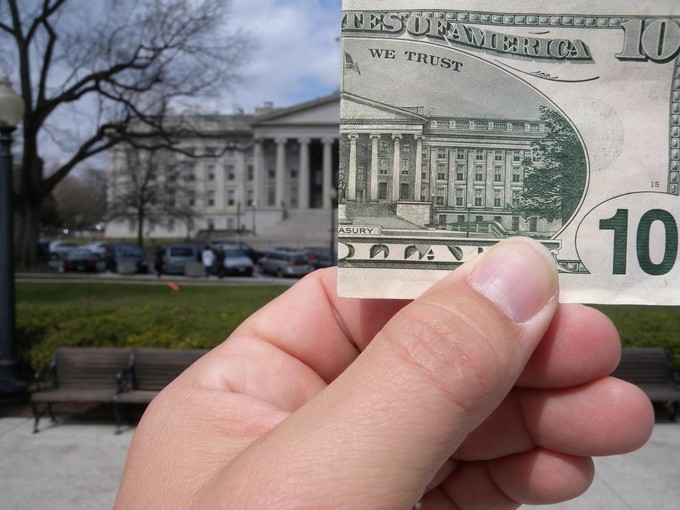Spotlight: NPP’s Debt and Deficit Voter’s Guide
By
Jasmine Tucker
Posted:
|
Debt & Deficit

Photo courtesy of Ryan McFarland
In fiscal year 2014, our nation spent $3.7 trillion on all federal programs, including essential domestic initiatives like education and health care as well as military programs overseas. Especially during tough economic times, government spending often increases because there is a surge in the number of Americans eligible for needs-based programs like food stamps. The good news is that budget deficits are no cause for great alarm; they are pretty common. In fact, over the past half century, the U.S. has run a deficit in 45 out of 50 years.
Let’s take a look at some recent evidence:
- Deficits are falling: The Congressional Budget Office recently released its Monthly Budget Review for September, which estimates that the deficit in 2014 – $486 billion – is $195 billion less than 2013’s shortfall and is the lowest deficit recorded since 2008 – back when we were still in the Great Recession.
- Lower deficits are partly thanks to lowered health care costs: As Politifact.com recently reported, healthcare costs under the Affordable Care Act are dropping. Healthcare costs account for more than a quarter of total federal spending. Falling prices means the U.S. pays less and needs to borrow less.
You can learn more about our nation’s debt and deficit and what they mean to you in our 2014 Voter’s Guides, including important questions to ask your Congressional candidates about how they would approach the national debt.
A lot is at stake in 2014: in just three weeks, you, your family, and neighbors will all head to the polls to vote for Congressional leaders who will make decisions about our nation this year and for years to come. Get the facts, question the candidates, and don’t forget to vote on November 4th!